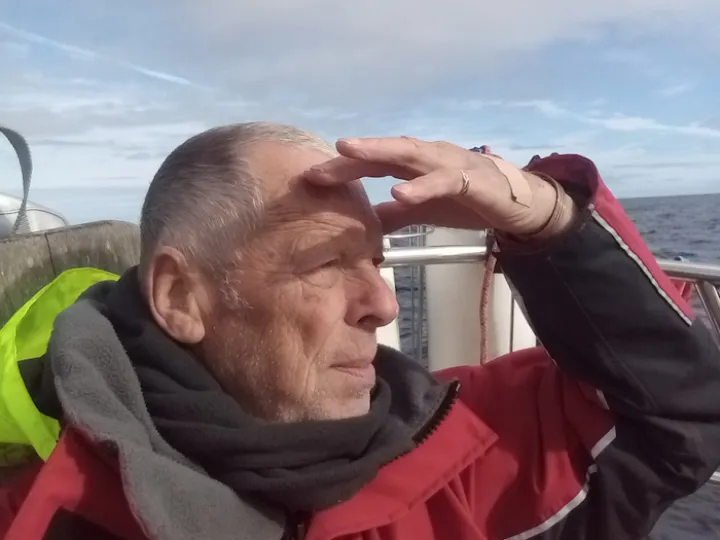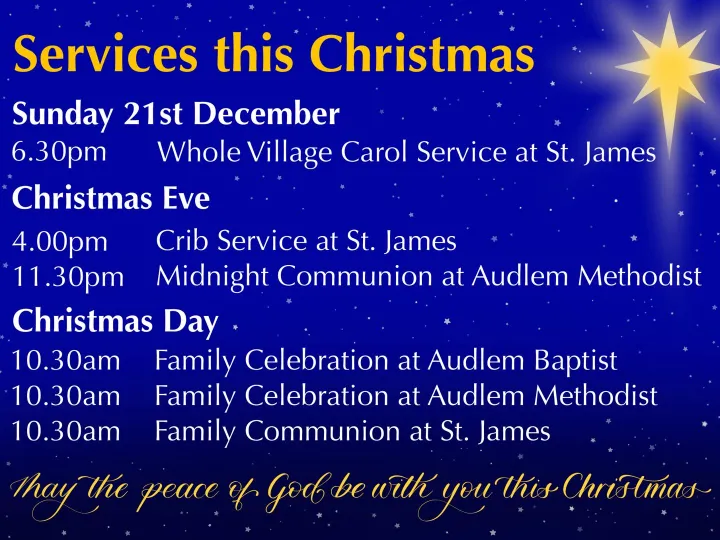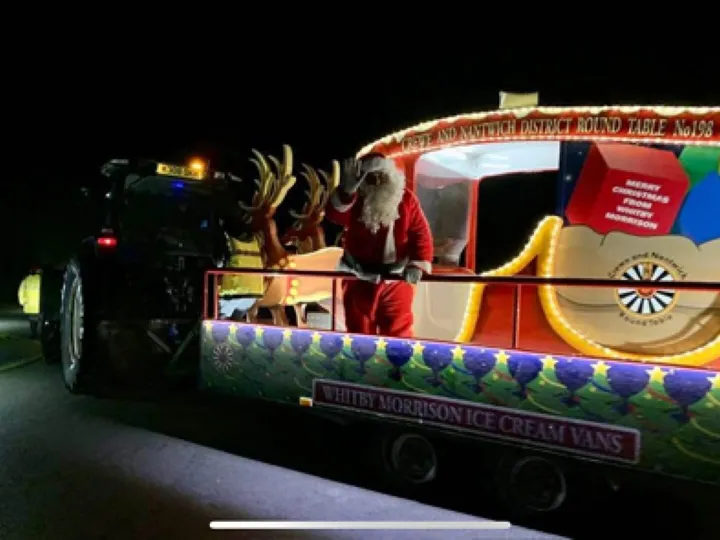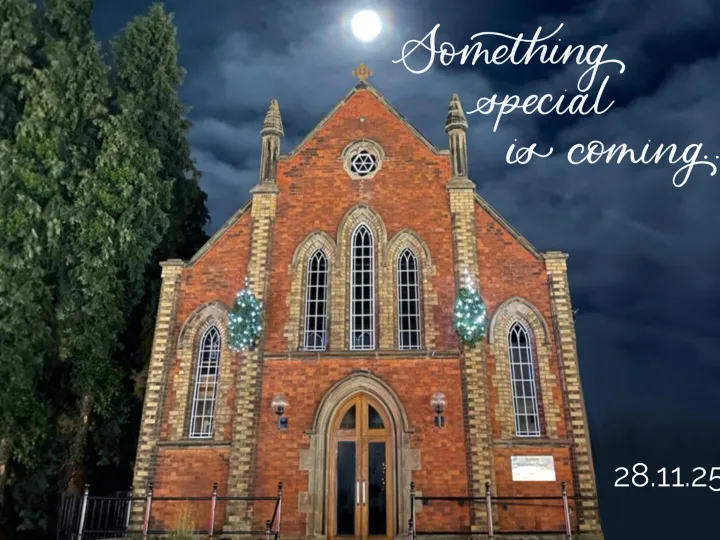An Atlantic Adventure – Part 1
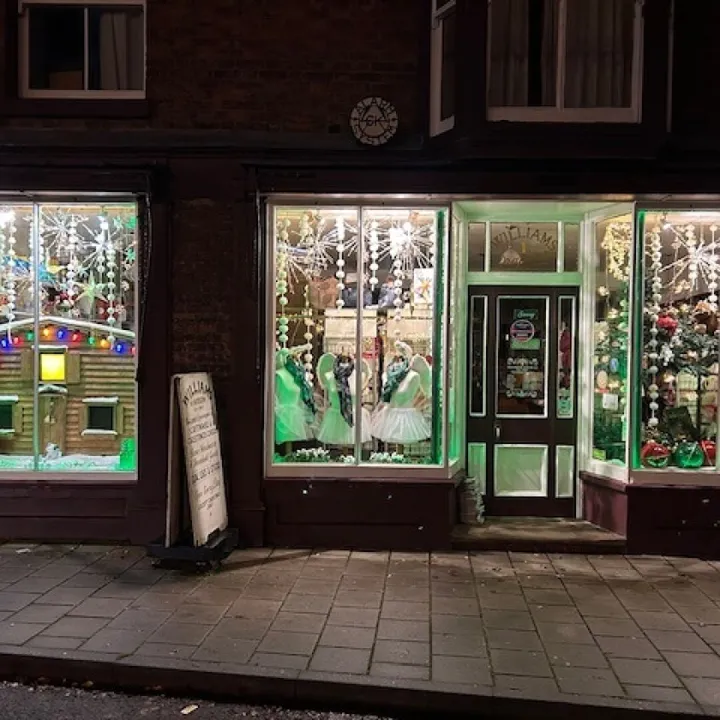




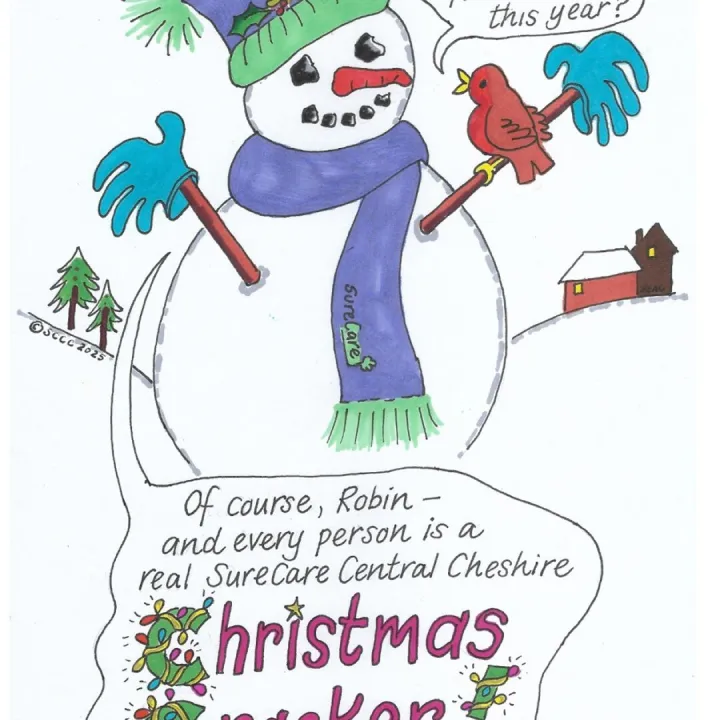


"Sail south until the butter melts!" An Atlantic adventure.
Bob Fousert with apologies to real Sailors.
In early 2021 I heard that my nephew, Philip, a former Navy pilot, coast guard, micro brewery owner and very experienced sailor, was in the process of buying a yacht with the aim of sailing it across the Atlantic to Trinidad, where his wife is the current British High Commissioner. Seeing a chance to take part in an adventure of a lifetime (yes, even at my age) and eagerly supported by my wife Sue, who suddenly, for some unknown reason took a keen interest in our pensions, bank accounts and insurance, I immediately volunteered to crew for him in spite of the fact that I could count on the fingers of one hand the number of hours that I had sailed on the open sea before.
Crew: Phil Saltonstall (Skipper and boat owner); Andrew Beale (New Zealander and our first aid man); Moi (Team pensioner and additional ballast).
Journey Schedule: Hull to Trinidad (5600miles) in three and a bit phases. (1) 5th – 11th Nov -Hull to Plymouth. (2) 26th Nov – 15th Dec Plymouth to Lisbon and on to Las Palmas (Grand Canaries). (3) 9th January – Feb *(ARC) Las Palmas to St Lucia and then on to Trinidad. Journey times were based on an average boat speed of 5 knots.
Phase 1 Hull – Plymouth (436 Nautical Miles (NM) – 502 miles)
Friday 05.11.21 05.50 We departed Hull Marina for the first part of our trip, a 12 hour sail to Wells Next the Sea, Norfolk. As a new crew it was a good time to get to know each other and a feel for the boat.
Because of a strong northerly wind it was bitterly cold with a choppy sea but this helped us to make good time under sail arriving at 17.30 in the dark. As a result of the choppy seas on the way down I had the distinct pleasure of being seasick three times, something that had not been a problem before. I clearly need to take my seasickness tablets much earlier!
As Gale Force 8 conditions were predicted our planned departure for the next morning was put off.
Sunday 07.11.21 Whilst Gale Force 7 conditions were still predicted, it was decided to bite the bullet and we set off early on our next stage of the trip, the three day voyage south along the coast to Weymouth. On leaving the estuary we went straight into a roller coaster ride as we hit the turbulent North Sea waters with waves 10 – 15 ft high. Some people say that sailing is like putting yourself into a washing machine on a cold rinse cycle i.e. wet and rough! I now know what they mean. A cold, north easterly, 30 knot wind meant that we averaged a very good 8 knots speed as we followed the Norfolk/Suffolk coast line. The area is renowned for its seal colonies and there was no shortage of sightings with curious seals coming close to the boat.
Because of sandbanks, wind farms and significant levels of marine traffic, English coastal waters can be very treacherous. As a result a watch system, based on a 3hr rotation between watch/sleep/watch reserve/watch, etc, was begun and stayed in place for the whole trip to Plymouth.
08.11.21 – 09.11.21 With favourable winds Freeway was sailed across the Thames Estuary and around the south east coast via Dover and on to Folkestone and Dungeness.
In bright but very cold conditions we had to motor into a westerly head wind to the south of the Isle of Wight en route for Weymouth, arriving in early afternoon. (Yes, I know, we could have tacked but that would have taken ages and vastly increased our time and distance at sea.) Along the way the boat suddenly juddered and it was thought that we may have hit something in the water but we didn't see anything and all appeared to be OK
Whilst manoeuvring to moor the boat Phil noticed that the prop did not sound or feel right when put into reverse. A close inspection found that a large plastic bag was wrapped around the prop shaft. First thoughts were that someone (Andy, unanimously volunteered by Phil and me) would have to get into the water to remove the item. However, the Harbour Master said that this was not allowed for safety reasons and that we would have to obtain the services of a diver (Expensive!) In the event, after an hour of prodding and poking Andy and Phil managed to remove the obstruction using boat hooks.
During the voyage we had passed numerous off shore wind farms both down the east coast and along the Channel. It is surprising how large an area of sea they cover and how long it takes to pass them once sighted. For example, it took more than four hours to reach and pass the wind farm off the coast of Brighton
Wednesday 10.11.21 After an early breakfast we departed Weymouth for Plymouth aiming to arrive in the early hours of the 11th. Again, because of the frustrating, prevailing westerly head wind w e had to motor under power for the remainder of the trip. During the midnight to 3.00am watch we enjoyed the natural spectacle of long trails of bio luminescence in the dark waters behind the boat caused by the disruption of the propeller through the water and the luminous trail left by a passing dolphin.
11.11.21 We arrived, on schedule, at the Mayflower Marina, Plymouth just after 05.00am After clearing and tidying the boat it was time to depart and catch a train home. However, whilst Andy and I were off for a two week break before the next phase of the voyage, Phil stayed with the boat for two more days whilst organising its removal from the water for an inspection of the carbon fibre masts which was a requirement in order to obtain insurance cover for our journey across the Atlantic.
A very cold but relatively quiet Phase 1 completed – Phase 2 and The Bay of Biscay, is a completely different story!
*ARC – Atlantic Rally Cruising – Annual international fleet of likeminded boat owners who sail from Las Palmas to St Lucia. ARC usually takes place November /December to avoid the hurricane season in the Caribbean. 2022 was the first ever January ARC, organised to meet high demand after a year of Covid lock down.
**Freeway Facts – Freeway is a cat ketch 35. Ketch – 2 masts, tallest in front; Cat – Newfoundland class designation as main mast is located right on the bow and mizzen mast located amid-ships; 35ft length. Weight 10 tons. Carbon fibre masts with no rigging – bolted to the keel and upper deck. Keel laid in 1984 and completed at Penpol, Falmouth 1985.
Freeway sailed the ARC in 1992 and back to the UK.
Designed by Gary Hoyt a former USA Olympic sailor (Finn Class) and subsequent inventor and innovator. His Finn class boat had a carbon fibre mast and he thought, why couldn't such a mast be used for larger sailing yachts. 1976 He set about development of the 'Freedom 40' with simplicity of design as the key objective. There followed a series of boats ranging from 17 -44ft.
Get In Touch
AudlemOnline is powered by our active community.
Please send us your news and views using the button below:
Email: editor@audlem.org

